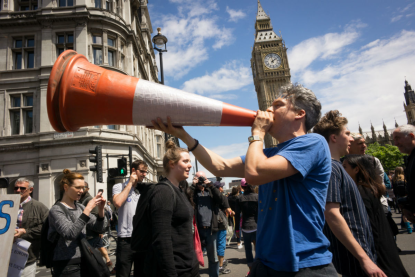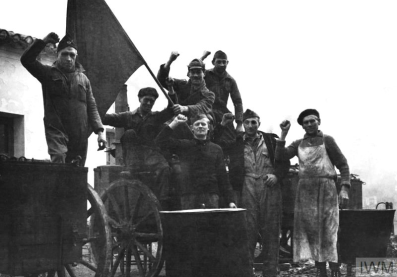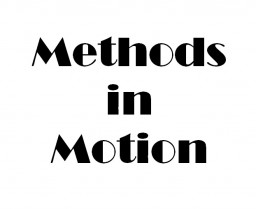
How do I know in research? I try to inquire beneath the surface whenever I research any topic. In Knowing Mothers, for example, an ESRC-funded project exploring the identity changes involved when women become mothers, we developed methods that — moving beyond discourse — were sensitive to affect, embodiment and practices. Maternal identity transition was specifically chosen as an extreme case of embodied affect. A mother grows a new life within her own, dependent on her care and, in the process, creates a unique affective tie that — necessarily beyond words — is expressed in practices. This relationship transcends the ‘individual’ of post-enlightenment thinking.
My application of psychosocial methods draw on psychoanalysis because it posits, theorises and utilises the idea of dialogues of affect not occurring through language, calling up the ‘unthought known’ (that which we know without knowing we know it). In psychoanalysis, these are counter/transference dynamics.
Psychosocial methods offer ways of using such ‘affective dialogue’ between researcher and the research field to create a further layer of knowing. In the ‘becoming a mother’ study, we used free association narrative interview and psychoanalytic observation. Since, I have used the visual matrix (transitions to ageing) and plan to use this and the social dreaming matrix to investigate the impact of art on climate change awareness. This topic too provides a methodological test case, because aesthetic experience eludes scientific or cognitive dominated methodologies; also because climate change is so painful to face that it needs methods going beyond denial, disavowal and projection.
Free association narrative interviews encourage associations that help go beyond participants’ controlled presentation of a logically structured narrative. Data analysis requires following unintended free associations as well as/instead of the narrative arc. Using this method to listen to mothers’ experiences during late pregnancy and the first year of babies’ lives, we found that their choice of themes, emotional tone and associative links augmented and complicated participants’ narratives. Interviews were supplemented with ‘reflexive’ fieldnotes, which for example noted, in addition to the more usual close attention to multiple layers of the setting, what hopes and fears for that new mother lodged in the researcher during interviews.
Alongside three interviews, in six out of a sample of 20 mothers, researchers trained in psychoanalytic observation visited mothers at home every week for over a year. They did not ask questions but observed and paid attention to their affective responses to the encounters and to how they became involved. Subsequent notes can be full of detail that goes beyond and beneath language. The group of six observers and four researchers used these notes as data, following well established ‘infant observation’ practices informed by psychoanalytic methodology. In an analysis of parallel data deriving from these two methods with the same new mother within days of each other, I evidenced their different strengths.
The visual matrix study on transitions in old age organised two-day sessions in Norway and Denmark on the more or less hard to bear issues of dying and death; dementia; retirement. Participant sessions are set up to encourage a state of reverie which encourages imagistic and associative thinking as opposed to opinion, argument, narrative or information. Through offering images and associations on a given theme, a collective, supra-individual picture is built. The transcript of a recorded session is studied in a group setting and powerfully accesses socio-cultural themes that go beyond single individual experiences. This method has evolved from the social dreaming matrix, developed at the Tavistock and applied so far mostly to organizational consultancy work (see Knowing Mothers p. 95-8).
The psychosocial approach and methods I apply engage with hard-to-grasp matters using methods informed by a different epistemology. The ways I have endeavored to know about social phenomena can only be approached via this multi-layered research approach integrating the psyche and the social.
This article was originally published by the Methods In Motion blog, where it can read with full footnotes
More on Methods in Motion
The Methods in Motion blogs are by researchers linked to the Centre for Citizenship, Identities and Governance. The blogs represent their opinions emerging from research in progress, and do not necessarily represent the views of the Research Centre or Open University. You can discover more about Methods in Motion on the CCIG website.






Rate and Review
Rate this article
Review this article
Log into OpenLearn to leave reviews and join in the conversation.
Article reviews